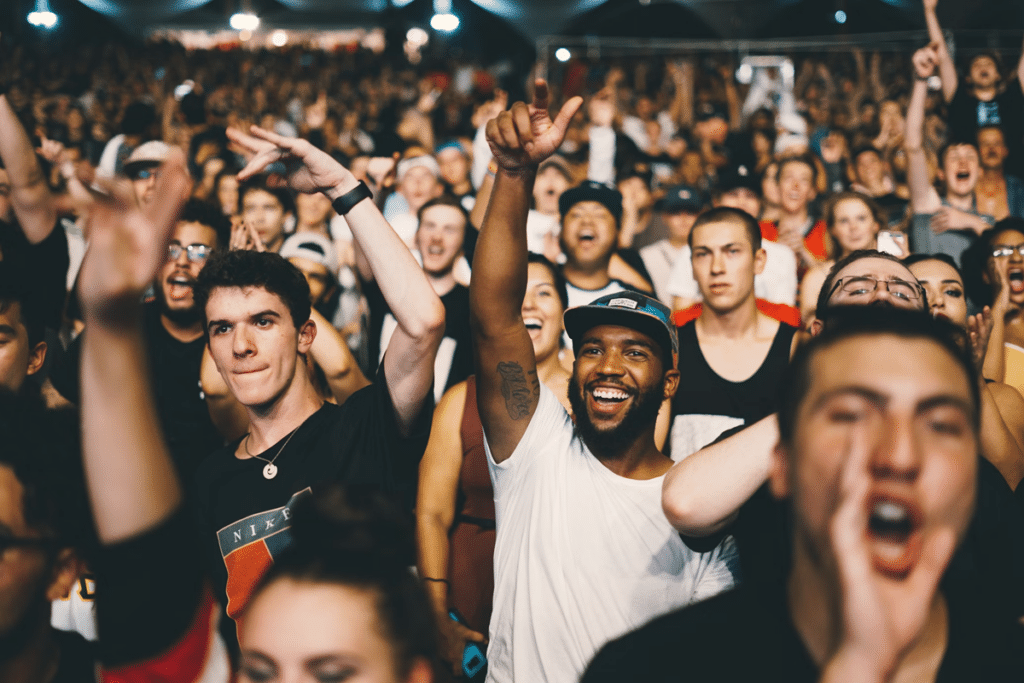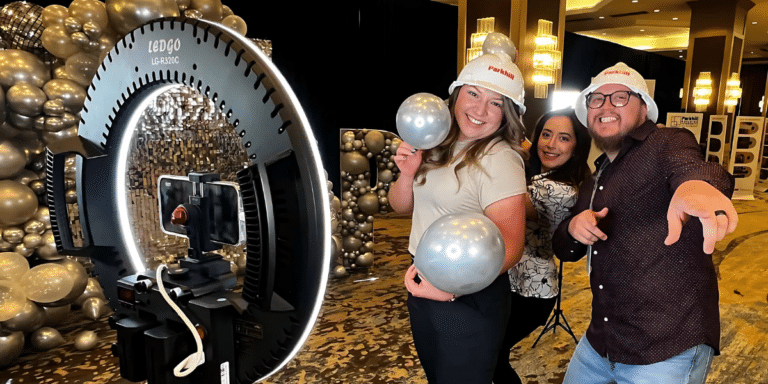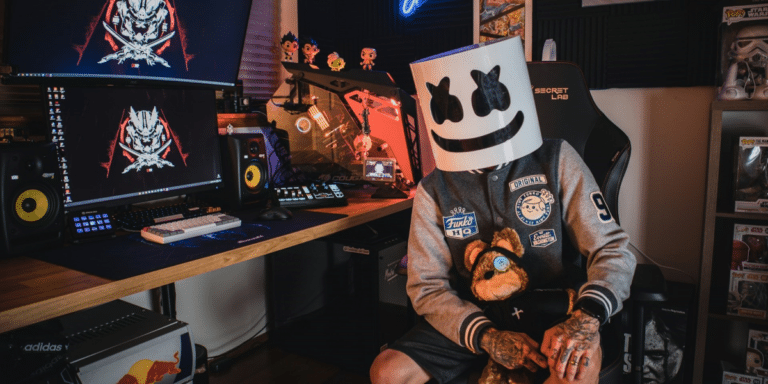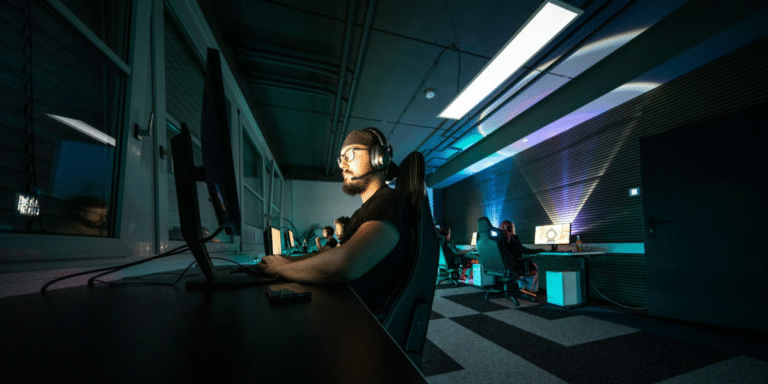Exploring the Immersive Realm of Virtual Reality Concerts
Lately, the way we experience live music is changing a lot because of virtual reality (VR) technology. This article says that more people are enjoying concerts in virtual reality (VR). VR concerts can let everyone experience live music, no matter where they are. It’s a new and exciting way to enjoy music! The VR concert industry has had to deal with a lot of new challenges, like audiences being spread out all over the world and not being able to have large gatherings. But VR concerts have proven to be a good solution to these problems. They create a unique and engaging environment that helps music lovers feel a bond with their preferred musicians.
Read also: The Allure of Concerts: Exploring Their Irresistible Appeal
The virtual reality concert industry has faced unprecedented challenges, especially with the global dispersion of audiences and restrictions on large gatherings. In response to these hurdles, virtual reality concerts have emerged as a promising solution, offering a unique and immersive way for music enthusiasts to connect with their favorite artists.
The Rise of Virtual Reality Concerts

Photo: Unsplash.com
The quest for innovative approaches to live music experiences has led to the development of concerts. Leveraging VR technology, artists and organizers can create lifelike and engaging performances that transcend geographical boundaries. This groundbreaking approach not only addresses the limitations posed by physical venues but also opens up new avenues for artistic expression.
With platforms like Oculus and HTC Vive gaining popularity, the concert landscape is expanding rapidly. Artists can now reach a global audience from the comfort of their own studios, providing an ever-evolving musical experience that goes beyond the constraints of traditional venues.
Contrarian View: Potential Challenges and Criticisms

Photo: Unsplash.com
Despite the promising aspects of virtual reality concerts, it is essential to acknowledge potential challenges and criticisms associated with this emerging trend. Some critics argue that the digital divide may hinder accessibility, as not everyone has access to the necessary VR equipment. Additionally, there are concerns about the loss of the tangible and communal aspects of traditional live music experiences, as virtual reality can never fully replicate the energy of a physical crowd.
While the quest for innovation is commendable, it is crucial to approach virtual reality concerts with a discerning eye, considering the potential drawbacks and ensuring inclusivity.
Navigating the Landscape of Virtual Music Realities

Photo: Unsplash.com
In navigating the landscape of virtual music realities, it is evident that the integration of technology into the music industry is an inevitable and transformative process. Artists and organizers can leverage virtual reality not only as a response to current challenges but also as a tool for reaching wider and more diverse audiences.
The immersive nature of virtual reality concerts provides an opportunity for artists to experiment with new visual and auditory elements, enhancing the overall concert experience. From interactive visuals to 360-degree audio, virtual reality allows for a level of creativity and engagement that goes beyond the traditional confines of a stage.
The Data-Driven Decision Making Behind Virtual Concerts

Photo: Unsplash.com
For professionals in the music industry, embracing virtual reality is not just a creative endeavor but also a data-driven decision. Utilizing tools like Google Analytics and WordPress, organizers can gather valuable insights into audience engagement, preferences, and geographical distribution. This data-driven approach empowers artists to tailor their performances to specific demographics, ensuring a more personalized and impactful virtual concert experience.
Contrarian View: Potential Overreliance on Technology

Photo: Unsplash.com
Amidst the enthusiasm for virtual reality concerts, a contrarian perspective highlights the potential overreliance on technology. As the quest for ever-evolving experiences intensifies, there is a risk of overshadowing the core essence of live music – the raw and unfiltered connection between the artist and the audience. Striking a balance between technological innovation and the authenticity of musical expression is crucial to prevent the dilution of the concert-going experience.
Summary
In conclusion, virtual reality concerts represent a transformative force in the live music industry, offering a solution to current challenges and unlocking new possibilities for artistic expression. While acknowledging potential challenges and criticisms, it is evident that the integration of technology is reshaping the landscape of live music. The data-driven decision-making process further ensures that concerts can be tailored to meet the diverse preferences of a global audience.
As the quest for innovation continues, it is essential for the music industry to strike a balance between embracing technology and preserving the authentic connection between artists and their audience. In this ever-evolving landscape, concerts stand as a bridge, connecting music enthusiasts worldwide and redefining the boundaries of live musical experiences.
Reference:
Virtual Concert Experience: Bridging the Gap for the Chronically Online








